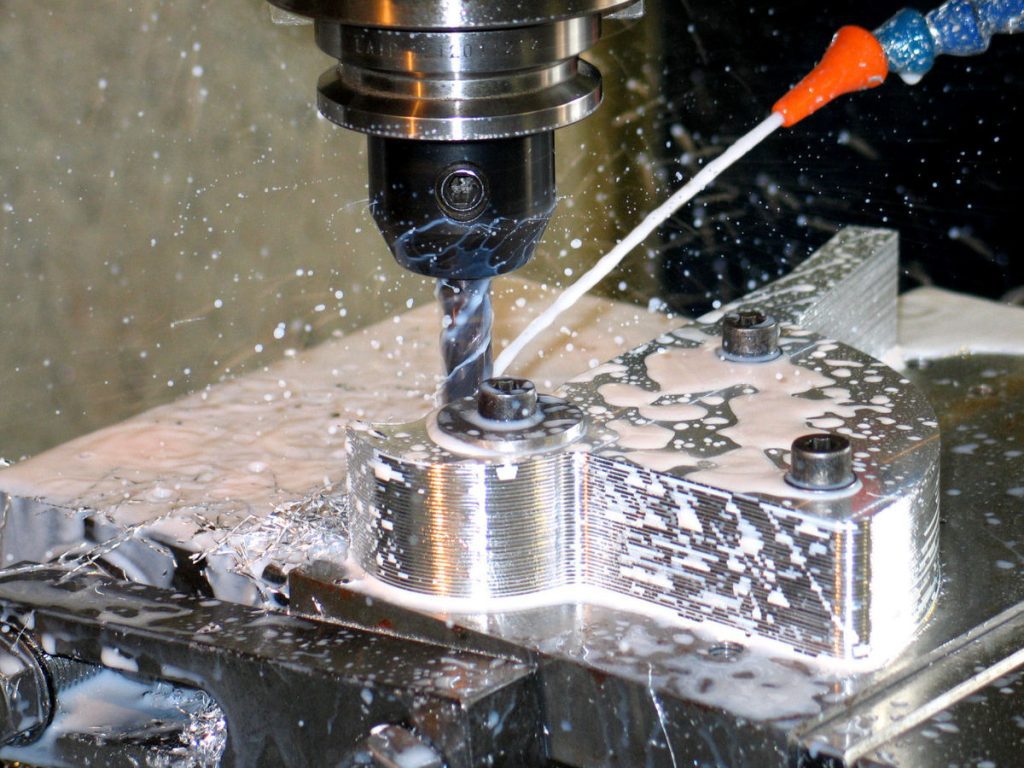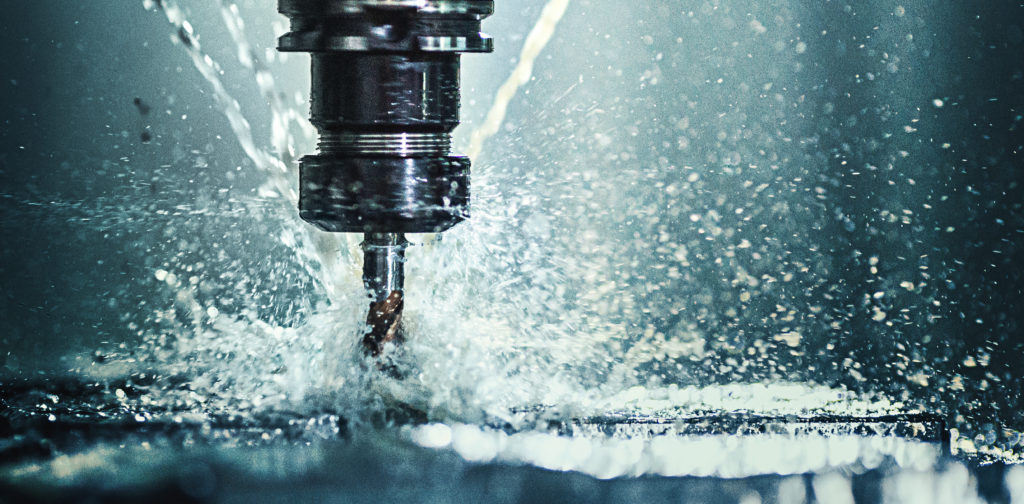Browsing the World of Fasteners and Machining: Strategies for Precision and Speed
In the elaborate world of fasteners and machining, the quest for accuracy and speed is a continuous difficulty that demands thorough interest to information and tactical planning. From comprehending the varied variety of fastener kinds to choosing optimal products that can stand up to strenuous demands, each action in the process plays a pivotal function in accomplishing the desired result. Precision machining techniques further raise the complexity of this craft, calling for a delicate equilibrium between technological knowledge and cutting-edge methods. As we look into the strategies that can enhance both rate and performance in this domain name, the interaction between top quality control procedures and operational quality arises as an important focal point.
Understanding Bolt Kind
When selecting bolts for a job, comprehending the various types readily available is essential for making certain optimum efficiency and dependability. Fasteners are available in a wide variety of kinds, each created for particular applications and needs. Bolts are used with nuts to hold products with each other, while screws are versatile bolts that can be made use of with or without a nut, relying on the application. Nuts, on the other hand, are internally threaded fasteners that companion with screws or screws, offering a safe and secure hold. Washing machines are necessary for dispersing the lots of the fastener and protecting against damages to the material being fastened. Additionally, rivets are long-term bolts that are optimal for applications where disassembly is not required. Comprehending the distinctions in between these fastener kinds is necessary for choosing the right one for the work, making sure that the connection is strong, long lasting, and reliable. By selecting the appropriate fastener kind, you can enhance the performance and longevity of your job - Fasteners and Machining.
Picking the Right Products
Comprehending the importance of choosing the best materials is vital in ensuring the ideal efficiency and dependability of the chosen fastener kinds discussed previously. When it involves fasteners and machining applications, the material option plays a vital function in establishing the general strength, toughness, corrosion resistance, and compatibility with the designated environment. Various materials provide varying residential properties that can significantly affect the performance of the bolts.
Typical products utilized for fasteners consist of steel, stainless steel, brass, aluminum, and titanium, each having its unique strengths and weaknesses. Steel is renowned for its high stamina and resilience, making it suitable for a variety of applications. Stainless-steel offers superb deterioration resistance, suitable for atmospheres prone to moisture and chemicals. Light weight aluminum is light-weight and corrosion-resistant, making it suitable for applications where weight decrease is critical. Brass is commonly selected for its aesthetic allure and superb conductivity. Titanium is recognized for its remarkable strength-to-weight proportion, making it excellent for high-performance applications. Choosing the best material entails considering elements such as toughness requirements, environmental problems, and spending plan constraints to ensure the preferred performance and long life of the fasteners.
Accuracy Machining Techniques

Along with CNC machining, other accuracy methods like grinding, turning, milling, and exploration play essential functions in bolt production. Grinding aids achieve great surface finishes and limited dimensional resistances, while turning is often utilized to create cylindrical parts with accurate diameters. Milling and boring operations are vital for forming and developing holes in bolts, guaranteeing they fulfill precise specs and function correctly.
Enhancing Rate and Performance
To enhance fastener manufacturing procedures, it is vital to improve operations and implement efficient methods that complement precision machining techniques. One essential method for boosting rate and efficiency is the implementation of lean manufacturing principles. By lowering waste and focusing on continuous renovation, lean practices aid remove traffic jams and maximize workflow. Additionally, buying automation modern technologies can substantially boost production speed. Automated systems can manage repeated jobs with precision and rate, allowing workers to focus on more complicated and value-added activities. Taking On Just-In-Time (JIT) inventory management can also enhance efficiency by making sure that the ideal materials are offered at the appropriate time, decreasing excess stock and minimizing lead times. Fostering a culture of partnership and communication among group participants can improve total effectiveness by promoting transparency, analytic, and development. By integrating these techniques, makers can attain an equilibrium between rate and precision, ultimately improving their one-upmanship in the bolt industry.
Quality Assurance Measures
Carrying out rigorous quality control steps is critical in making sure the reliability and consistency of fastener products in the manufacturing process. Fasteners and Machining. Quality wikipedia reference control measures incorporate numerous stages, starting from the selection of raw materials to the last inspection of the finished bolts. This entails evaluating factors such as material toughness, toughness, and composition to ensure that the bolts meet sector criteria.
Normal calibration of equipment and equipment is vital to keep consistency in production and guarantee that fasteners fulfill the necessary resistances. Applying rigorous procedures for recognizing and dealing with problems or non-conformities is essential in stopping substandard items from going into the market. By developing an extensive high quality control framework, suppliers can promote the track record of their brand name and deliver bolts that meet the highest requirements of efficiency and toughness.
Final Thought

In the detailed world of fasteners and machining, the pursuit for precision anchor and rate is a perpetual difficulty that demands precise attention to information and calculated preparation. When it comes to bolts and machining applications, the product choice plays an important duty in determining the total toughness, resilience, corrosion resistance, and compatibility with the designated environment. Precision machining entails different sophisticated methods that make certain the limited resistances and requirements required for fasteners.In enhancement to CNC machining, various other accuracy techniques like grinding, transforming, milling, and boring play crucial duties in fastener production.To optimize fastener manufacturing procedures, it is essential to streamline operations and implement effective methods that enhance accuracy machining methods.